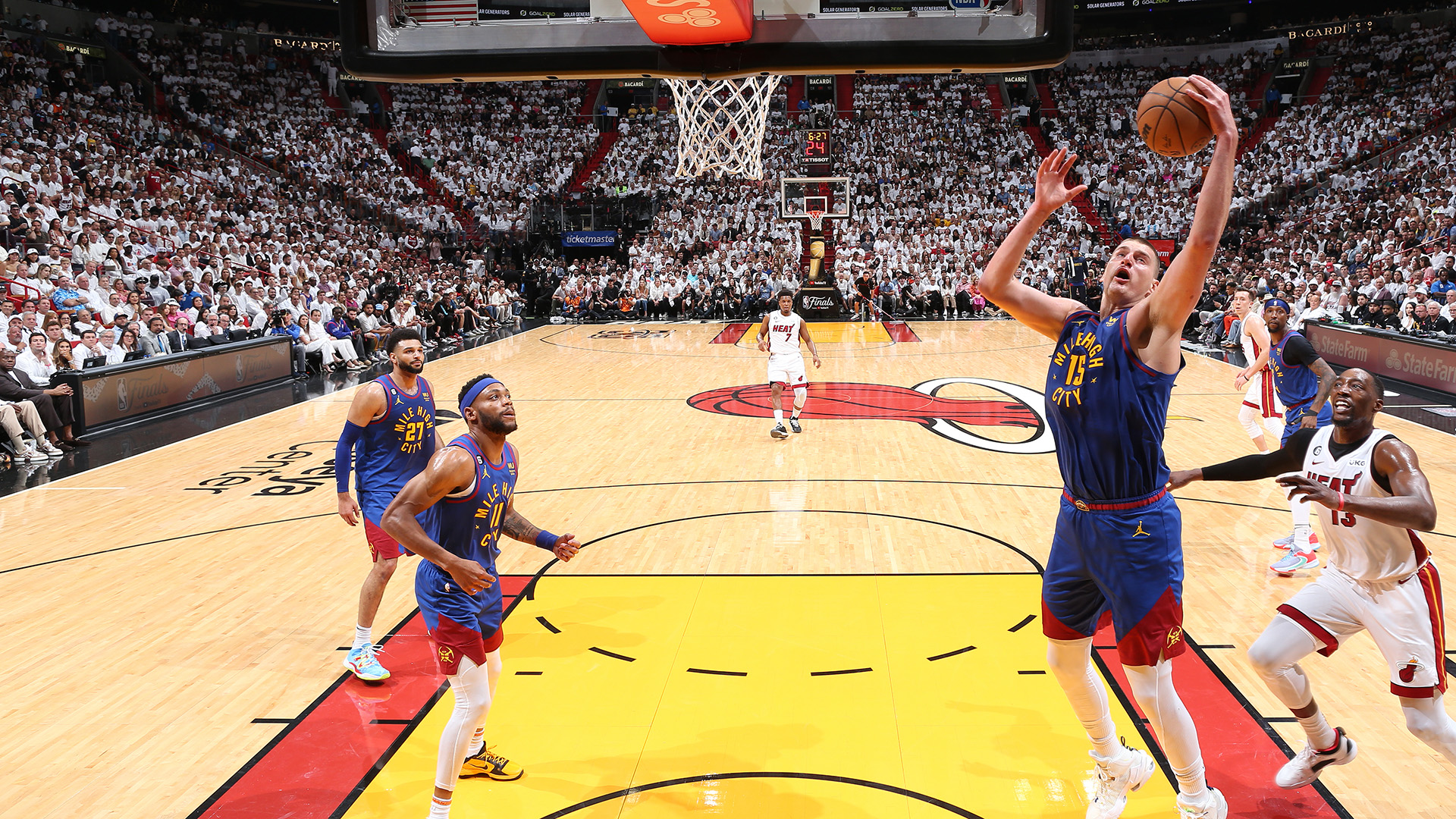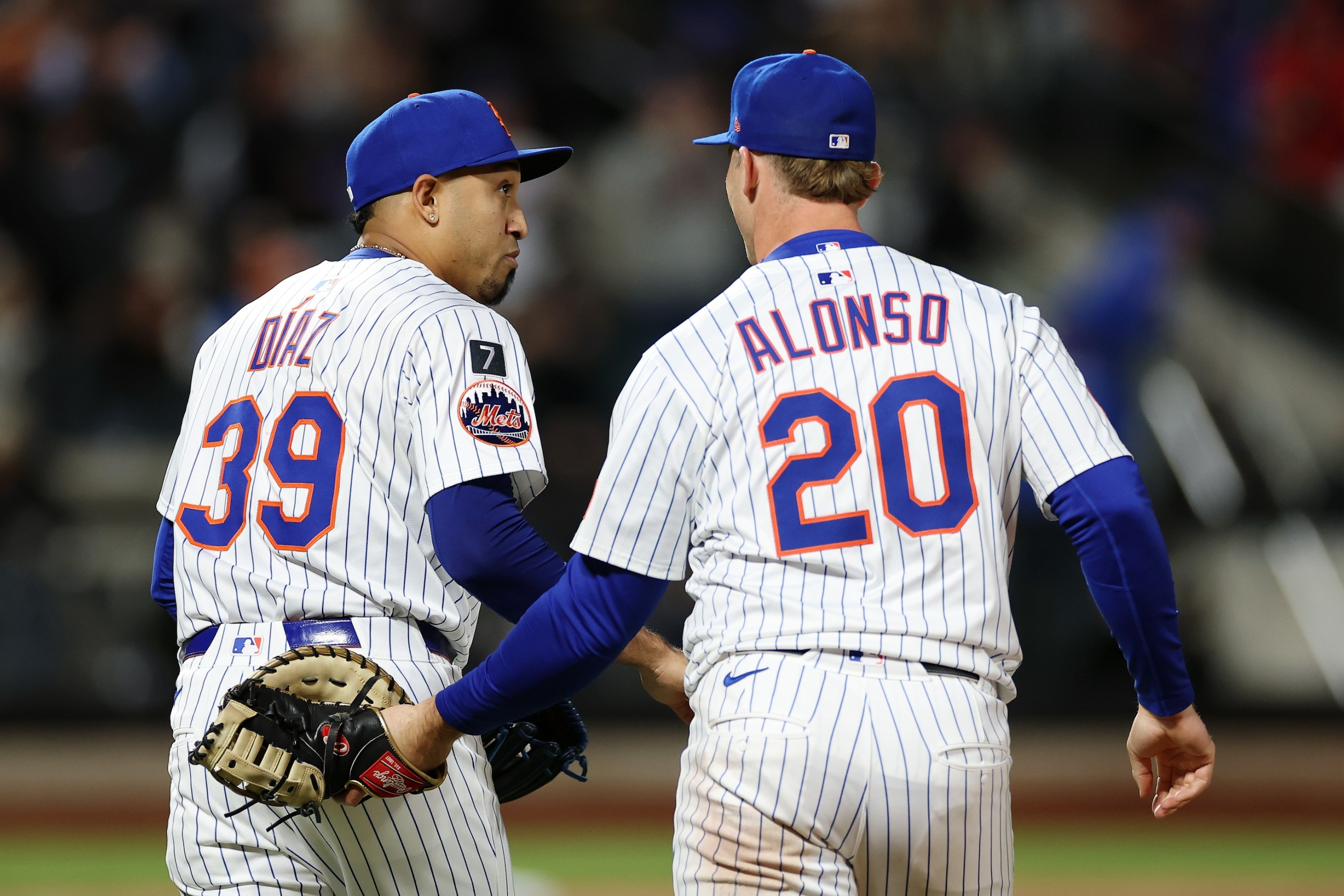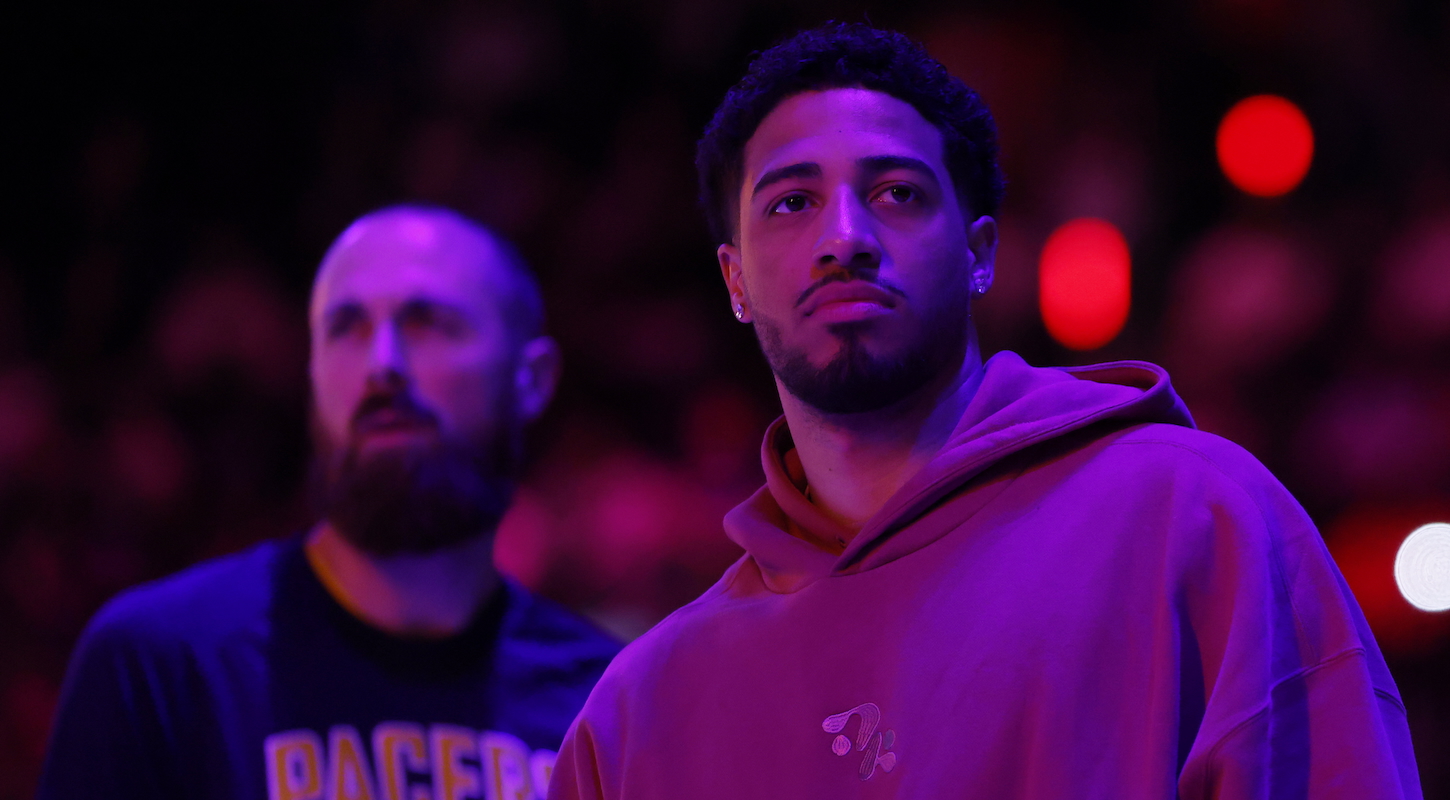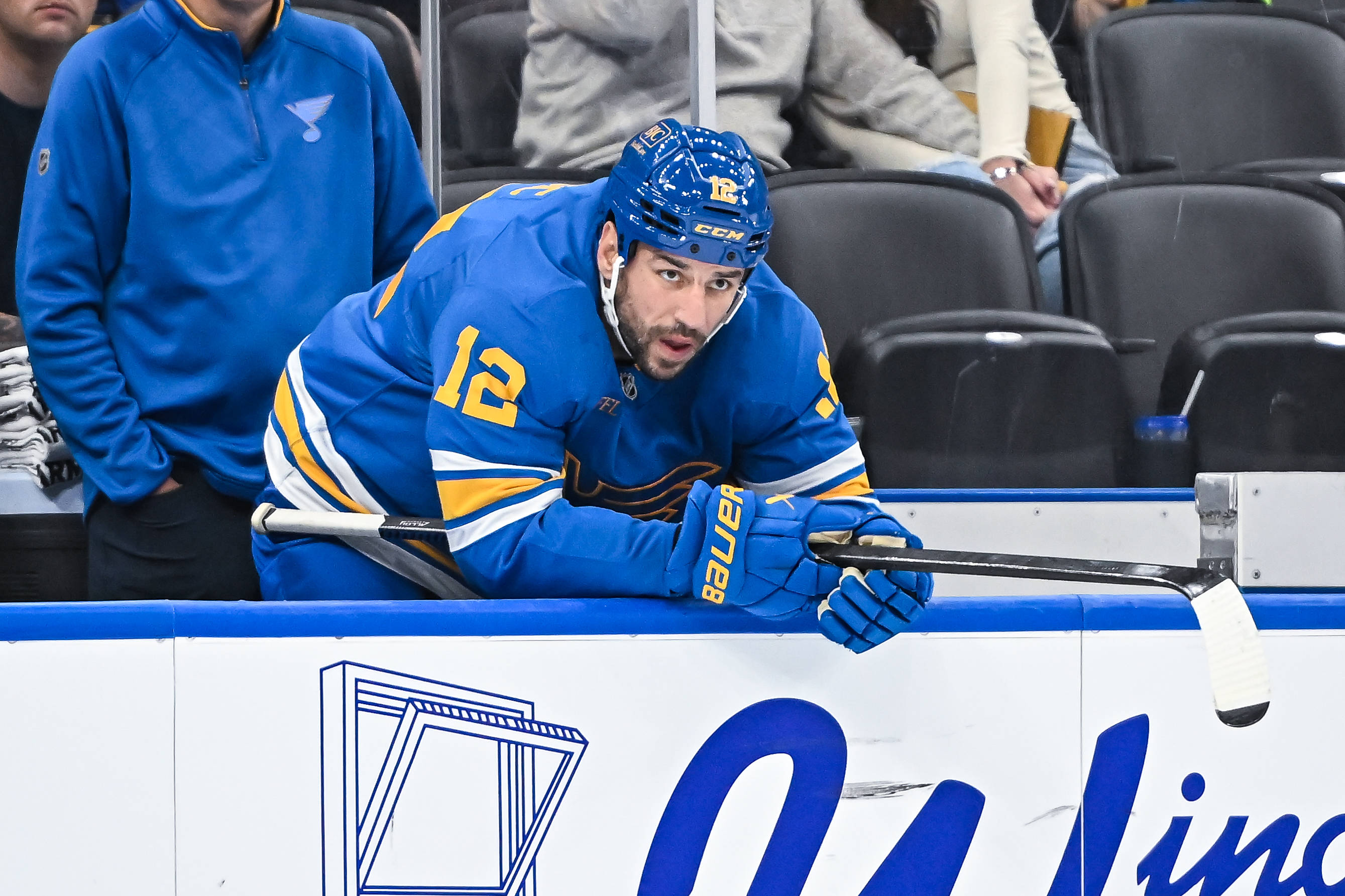Here's something that will not shock anyone who watches basketball on anything resembling a regular basis: It is very hard to win a game when, as a team, you are out-rebounded by 25. This is a lesson that this Miami Heat core learned, harshly, the last time they were in the NBA Finals, back in the 2020 bubble series against the Lakers. It's also a lesson that was reinforced on Wednesday night, as the Denver Nuggets wrestled back home-court advantage and a 2-1 Finals lead on the back of oh so many rebounds.
The final tally on the boards in Game 3 was 58-33, but it felt much more violently one-sided in real time. Part of the reason for that is that Miami shot terribly from the field, and nothing will juice an opponent's defensive rebounds more than shooting 37 percent from the field and 31 percent from three. To put that in context, the Nuggets snagged 12 more defensive rebounds than Miami had rebounds, period. Denver simply did not allow Miami many second-chance opportunities, particularly early in the game.
Leading the rebounding charge was, of course, Nikola Jokic, because he has the size and talent and doughiness to get boards over every single player on the Heat. It felt like he did just that in Game 3: Jokic snagged 21 rebounds, three of them offensive, as he simply chilled out in the paint and let Miami's bricks land safely in his pillowy hands.
It wasn't just the rebounds, though, that gave Denver the edge in both this game and this series. The size advantage for the Nuggets—they start three guys at or above Bam Adebayo's generously listed height of 6-foot-9—also manifested itself in the paint, on both offense and defense. Jokic didn't have to work all that hard to score 32 points (he also had 10 assists for what was the first 30-20-10 triple-double in Finals history), because he could shoot his wonky, herky-jerky hook shots and barely-jumped shots over every Heat player, especially when, for some reason, Miami switched Kyle Lowry and Gabe Vincent onto him, as happened multiple times. Even Adebayo couldn't keep him out of the paint, though:
"A masterpiece from Nikola Jokic."
— NBA (@NBA) June 8, 2023
32 PTS to go with 20 REB and 10 AST as Denver leads by 16, 3:26 to play in Game 3 on ABC! pic.twitter.com/5rproRpbRM
Of course, the Heat lived just fine with Jokic scoring a lot in Game 2, and that probably still has to be the plan going forward. What can't be the plan is getting outscored in the paint 60-34; that was the recipe for disaster in Game 1, and even in the second game, Miami needed to shoot nearly 50 percent to pick up the win. It would help if the Heat didn't give up 10 rebounds to 6-foot-4 Jamal Murray (who also notched a 30-point triple-double on Wednesday), or if Christian Braun didn't come off the bench and attack the zone—maybe the key to beating a college-style, try-hard defense is unleashing a college-style, try-hard player—on his way to 15 points on 7-of-8 shooting.
Jokic DIME to Braun 🔥
— NBA (@NBA) June 8, 2023
Denver seeking a 2-1 lead in the #NBAFinals presented by @YouTubeTV, 2Q on ABC! pic.twitter.com/lTnKIhbBCF
Pump fakin' to the bucket. pic.twitter.com/KHIJyPMGD5
— Denver Nuggets (@nuggets) June 8, 2023
This was always going to be one of the ways that Denver would best and most consistently score against Miami: Pound the ball and then find cutters or feed Jokic at the free-throw line, where he can then either drive in himself or pass it off as the defense collapses. This is why Miami plays the zone as much as they have this series, and sometimes it works. Other times, like on Wednesday, Jokic moves around the empty spaces and puts the strain on the Heat's defense until it breaks, repeatedly.
The other end of the floor was more worrying for Miami, though, and for anyone who wants this to be a lengthy series. Simply put, if the Heat aren't shooting a ridiculous percentage from three-point range, they do not have enough size and drive to get easy buckets in the paint. This falls, mostly, on the duo of Adebayo and Jimmy Butler. Though they picked up 22 and 28 points, respectively, both players missed bunny after bunny in the paint, and they shot a combined 18-of-45 from the field. Sure, Adebayo snagged 17 rebounds, but Miami has to make possessions in the paint count, and they either can't get to the rim due to the size disadvantage and Butler's still-bum ankle that is sapping his elevation, or they settle for jump shots just outside of the paint in order to avoid the aforementioned problems.
Credit to Denver's defense, though, who used their height not just to block off the paint, but to do a better job of also contesting Miami's three-point shooters. This was Denver's best defensive game of the series by a long shot, and they kept that intensity up even as Miami mounted a couple of 7-0 runs in the fourth that looked like flashbacks to Game 2's Duncan Robinson-assisted comeback.
That's how the Nuggets can win, even if they also shoot poorly from three (they were 5-of-18 on Wednesday) and only force four turnovers. If they can make Miami uncomfortable every trip down the court, then the Heat probably do not have the playmaking to fight back (a healthy Tyler Herro surely would help here). In other words, Denver did on Wednesday what Miami has done to every team it has faced in these playoffs: Suffocate the opposing offense and force tough shots from role players.
The Heat can live with that as their offensive plan if the shots go down like they did in Game 2, but if Denver closes out just a bit faster with their long arms, I'd bet against the shots going in nearly half the time. With few other options besides a miracle cure on Butler's ankle, there's not much else Miami can do against a team this big and fast and dialed in. Like they did three years ago, the Heat will have to win against a team that looks to have finally realized and utilized one of basketball's most foundational truths: Size can cover up a lot of other flaws.







